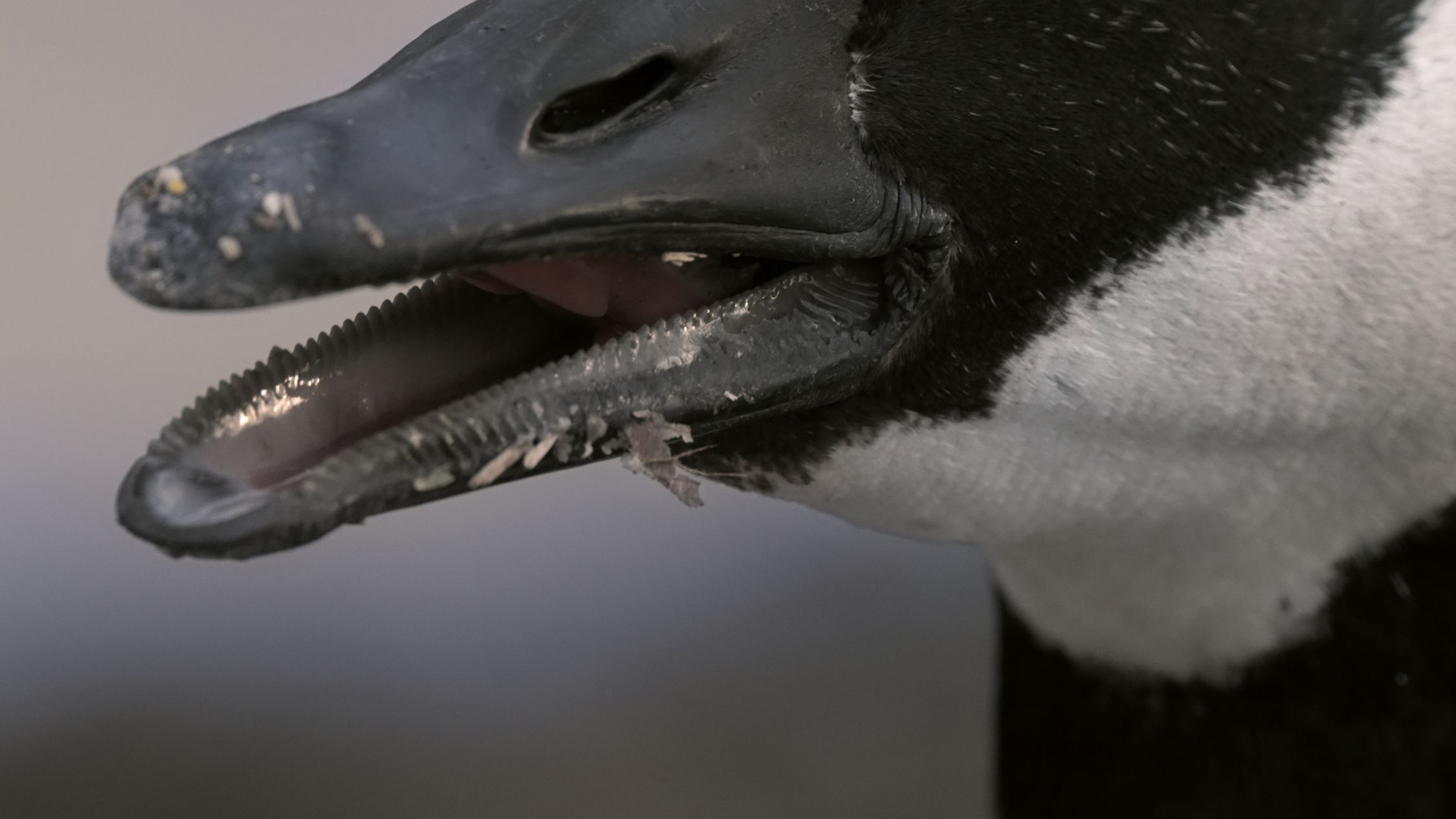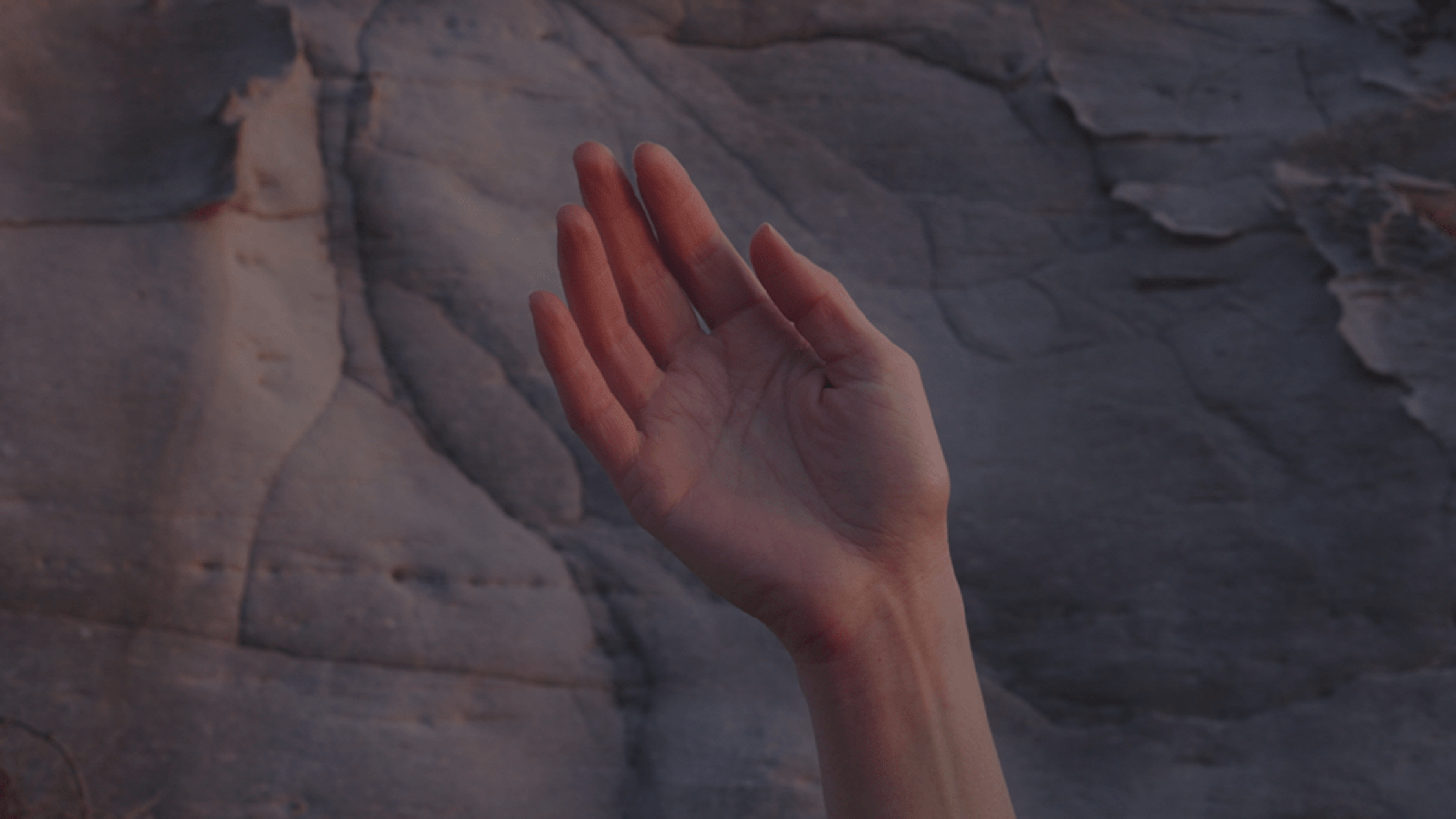Songs of Earth
Songs of Earth is a majestic symphony for the big screen. The filmmaker’s father is our guide. Bringing us through Norway’s most scenic valley, he shows us where generations have been living alongside nature to in order to survive. The sounds of earth harmonize together to make music in this breathtaking journey.












